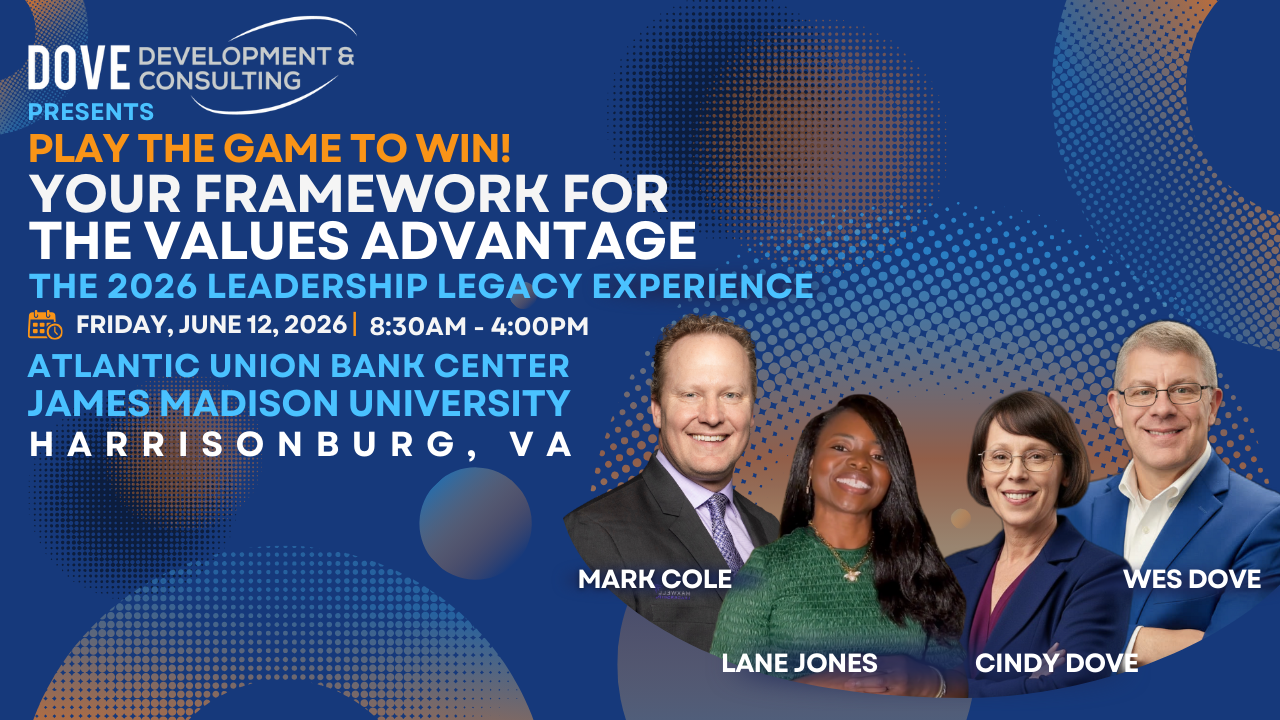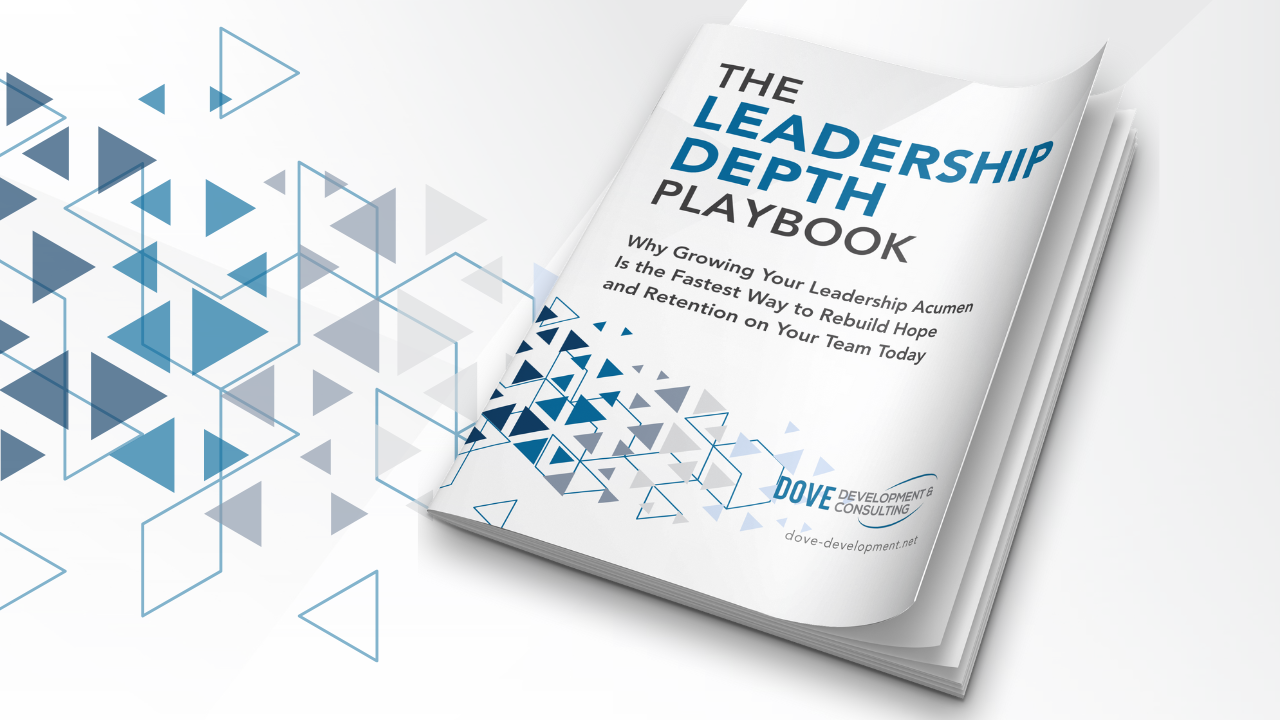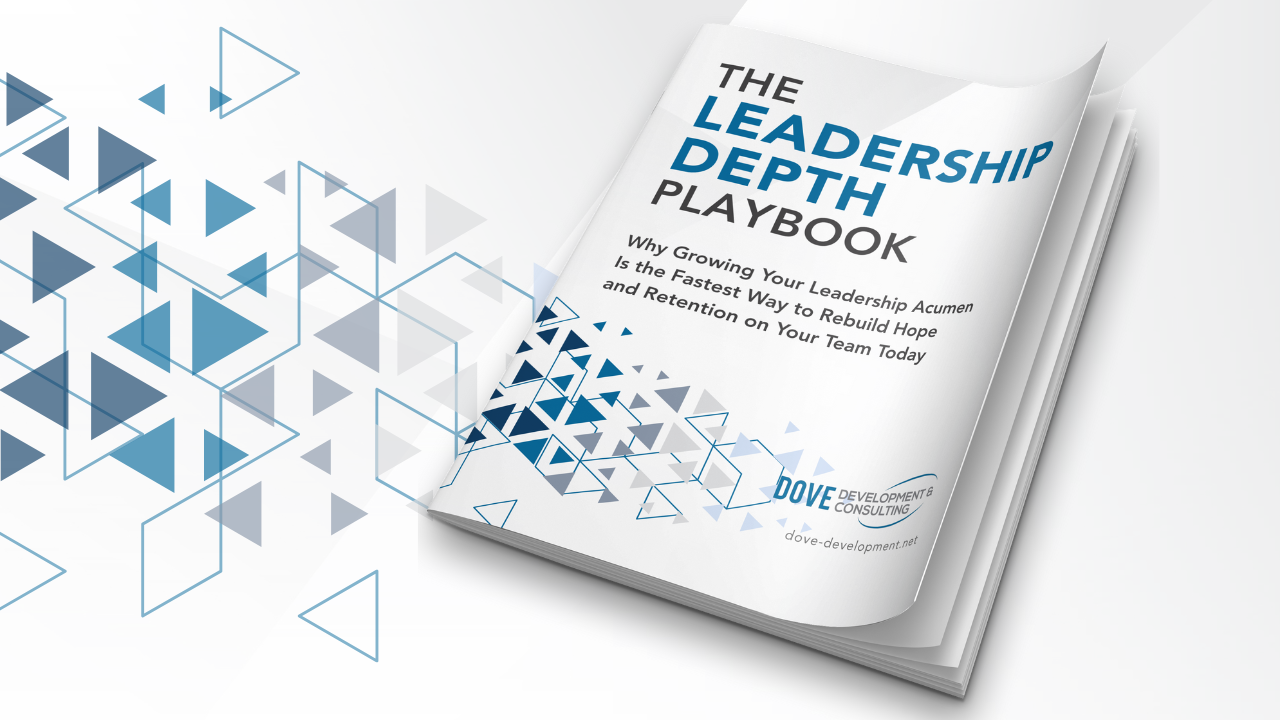What Will Your IMPACT Look Like?
May 06, 2025
Early on in this process as we looked at what happens when foundational values aren’t in place (and a few times since), I referenced an article from MITSloan Management Review called “When It Comes to Culture, Does Your Company Walk the Talk?”, where the authors shared this about how frequently companies share their values:
“When Johnson & Johnson’s CEO codified the company’s principles into a credo in 1943, corporate value statements were a novelty. Today they are ubiquitous among large corporations. In our study of nearly 700 large companies, we found that more than 80% published an official set of corporate values on their website. Senior leaders, in particular, love to talk about their company culture. Over the past three decades, more than three-quarters of CEOs interviewed in a major business magazine discussed their company’s culture or core values — even when not specifically asked about it. Corporate values statements are nearly universal, but do they matter? Critics dismiss them as cheap talk with no impact on employees’ day-to-day behavior.”
Along the way, I’ve also mentioned situations where Cindy and I were providing training for supervisors and managers in their own conference rooms and watched them struggle to list their core organizational values. A few of those times, their values were even painted on the walls around us… Had we only come up with a catchy acronym for how we hoped to IMPACT the companies we serve by modeling our own core values and listed them on our website, we could have held our heads high for joining that 80%. Interestingly enough, that’s the same percentage that Maxwell says consistently falls short of what’s expected of them. Coincidence? I doubt it!
We did take it a step further by defining what each value meant, but so did Enron… The difference lies in how we’ve worked to answer Henderson’s first question - What do you want to be known for? - for each of the values we listed by developing a crystal-clear picture of what each means to us in practice:
- Intentionality - We are intentional in everything we do, ensuring we make a positive difference daily;
- Cindy and I routinely review our workload, the clients we support, and our overall messaging to make sure everything we do ties back to the clear purpose that drives us. As you can imagine, that often results in pulling away from some things and placing more focus on others.
- Measurability - Measuring the results we help each client achieve;
- I frequently (like at the end of every lesson we share) tell the story of the HR Manager I worked for who always tasked me with showing a measurable improvement in productivity or profitability after any event I attended. Profitability matters! If we’re not working to help every client we serve achieve increased productivity and profitability through the tools we provide, we don’t deserve their trust - or their business.
- People - People first in every decision we make;
- Cindy and I are both primarily task-oriented (she’s a high C-blend and I’m an extremely high D-blend in terms of the DISC Model of Human Behavior). All too often, organizations are viewed as lifeless entities. That’s never the case. The people in those organizations drive results, for good or bad. By placing people first in every decision we make, we’ve been able to achieve results we would have never seen otherwise. That said, there have been times where not being willing to tolerate people being treated poorly has cost us tremendous amounts of money. I’m willing to lose money, I’m not willing to compromise my character.
- Action - Because that’s what people see, hear, and feel;
- One of the first things I learned in behavior-based safety is that attitudes and emotions by themselves cannot be measured. That’s why we studied behavior. To simplify this, talk is cheap… We work to exemplify everything we teach daily, and accept responsibility when we drop the ball. We’ve all heard it said that “our actions to speak so loudly that no one hears what we’re saying.” But when our words are backed by our actions, the people we serve can trust what we’re saying.
- Community - Building strong relationship with and between the organizations we serve;
- Cindy and I have been extraordinarily blessed through the relationships we’ve been able to develop. We cherish the time we have, be that through the work we do or the friendships we’ve built, with so many of the clients I’ve mentioned as examples for how they’ve effectively modeled their core values. Few things give us more satisfaction than having the opportunity to connect good people with good people. Proverbs 27:17 says “As iron sharpens iron, so one person sharpens another.” Be it through our Executive Leadership Elite Think Tank, our IMPACT Leadership Academy, any public event we host, or just through making personal introductions, we actively work at building a leadership community where everyone involved grows stronger.
- Together - Because no one makes a lasting IMPACT by themselves!
- This ties back to Community, but I needed a “T” to finish out IMPACT… While I’m (kinda) kidding, the reality is that I’ve never felt like I’ve been very good at anything. That said, I’ve been blessed beyond measure to have worked for and with a bunch of amazing people who have helped me achieve some remarkable things that I never could have on my own. I tell people all that time that I’d get a hell of a lot of work done if I were in business by myself but since Cindy is by my side, there’s a chance you’ll actually like it. The same holds true for what businesses can achieve together. Every organization has limited resources, but collaborating with others can give any organization an exponential reach.
I’ll stress once more that these are by no means perfect, but we work daily to be known FOR each value listed. With these fresh in your mind, how much specificity can you go into about each of your core company values? What do you want to be known for? And how clearly can each of your team members picture (and articulate) this?
This is by no means simple, but it’s by far the easiest of the three questions Jeff Henderson challenged us with. Next, we’ll look at how important it is to be willing to learn what we’re really known for…
90-DAY GUIDE: Lead Your Team Through Any Leadership Challenge
Did You Know?
Growing your leadership acumen is the fastest way to equip your team to lead through today's leadership challenges.
We've been equipping leaders like you for decades. We know you do not need another theory. You need a clear starting point and a simple system. This guide gives you both.
Includes a 90-day action plan.
We hate SPAM. We will never sell your information, for any reason.




